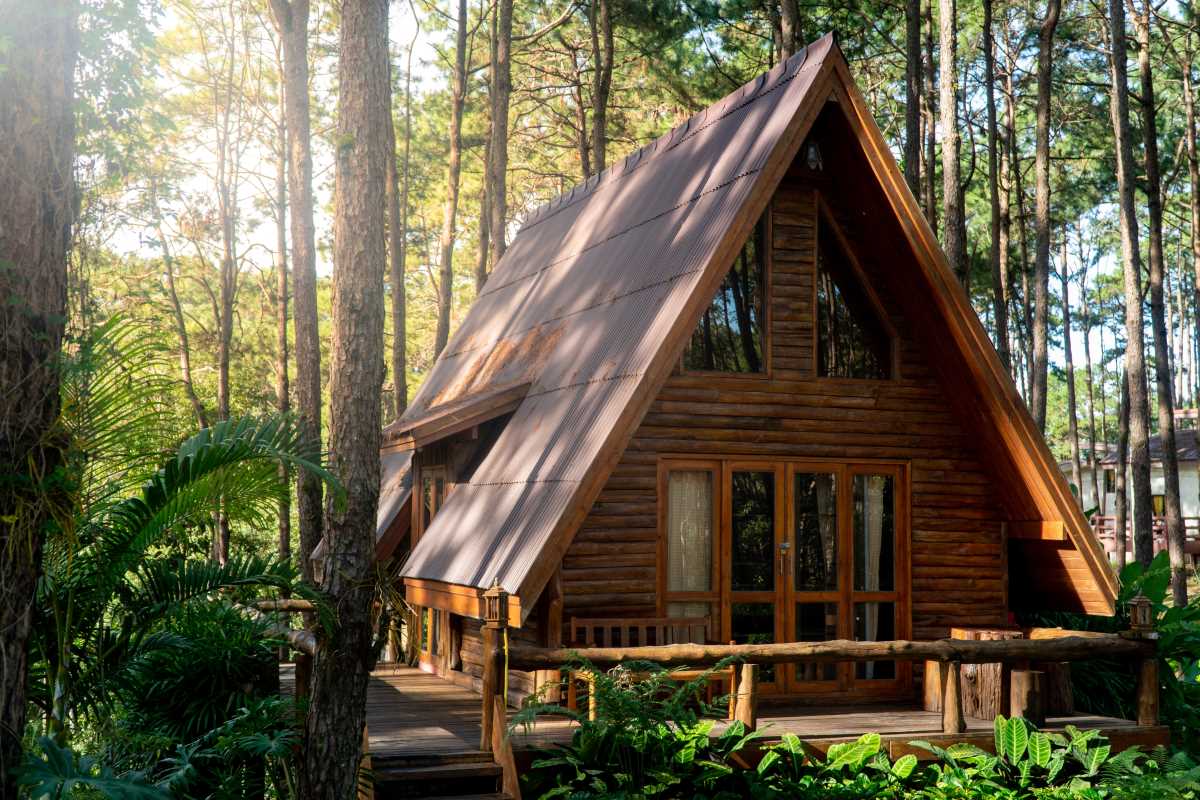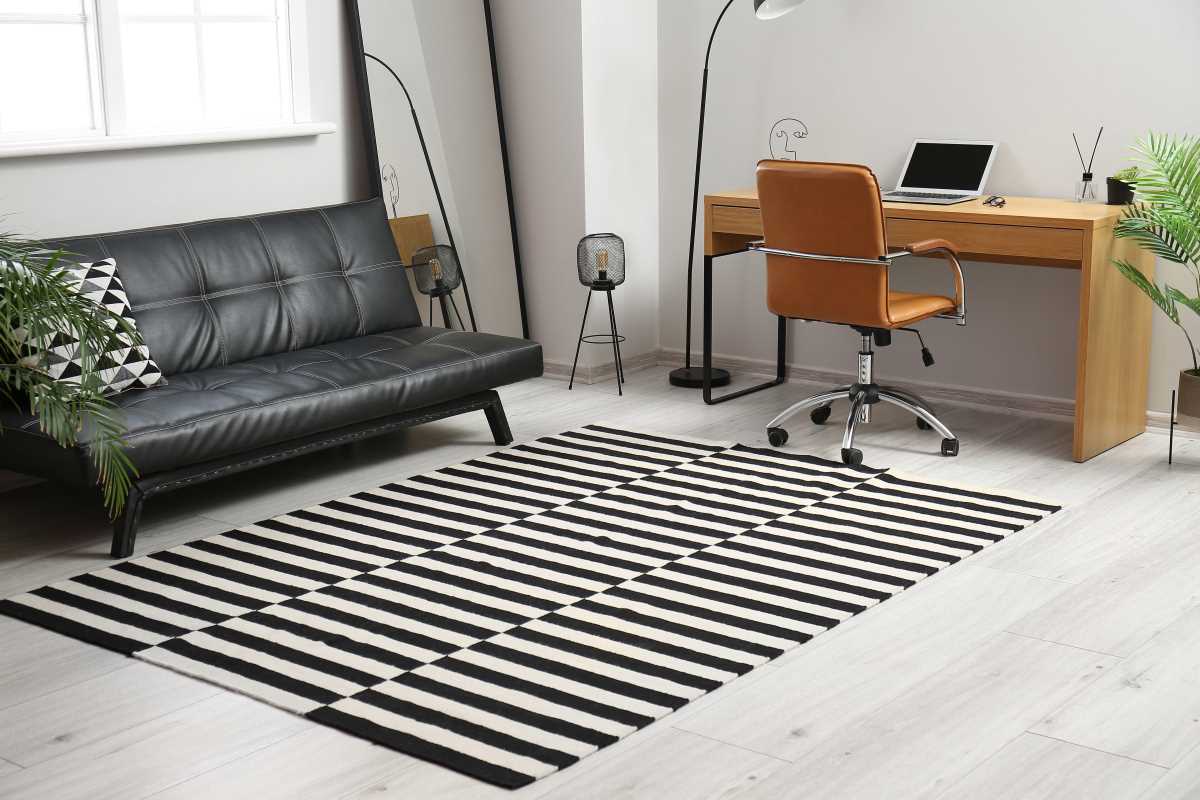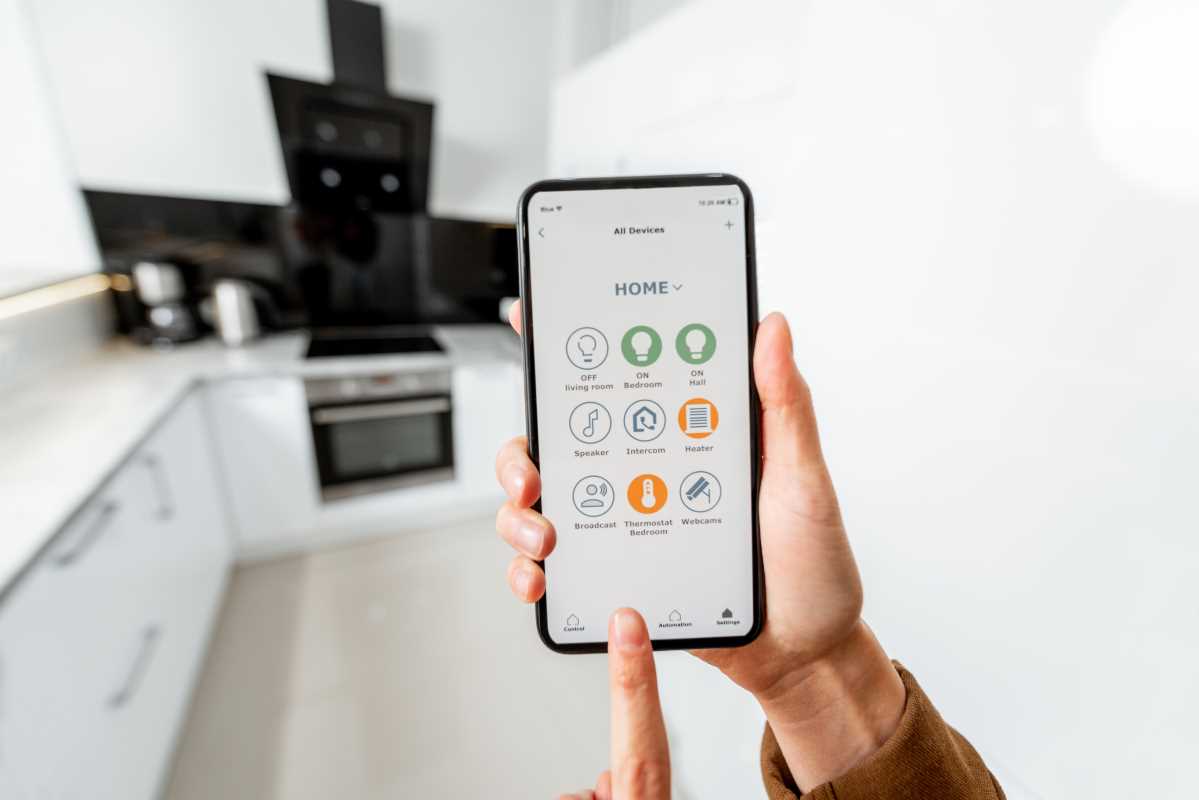City life can be a whirlwind of activity, with packed schedules, confined spaces, and the constant buzz of urban energy. This dynamic environment, though exhilarating, can sometimes leave you feeling drained. Introducing active fitness into your daily routine can be a game-changer, revitalizing your energy and significantly improving your quality of life. Imagine transforming mundane tasks and commutes into moments of exercise—this subtle shift allows you to integrate fitness organically into your urban lifestyle. By making the most of your surroundings, you not only keep fit but also find a new appreciation for the rhythm of city living.
Embracing active fitness doesn't require extensive time or expensive equipment. It's about finding creative ways to stay active throughout your day, making the most of the resources available in your city. Whether you navigate crowded streets or enjoy rooftop views, there's always a way to keep moving and stay healthy.
Benefits of Active Fitness in Urban Settings
Integrating active fitness into your urban lifestyle offers numerous advantages:
- Improved Physical Health: Regular activity helps maintain a healthy weight, strengthens muscles, and boosts cardiovascular health.
- Mental Well-being: Exercise reduces stress, improves mood, and enhances cognitive functions.
- Increased Energy Levels: Staying active keeps your energy levels high, making it easier to handle daily tasks.
- Enhanced Social Connections: Participating in fitness groups or classes builds a sense of community and fosters relationships.
- Efficient Use of Space: Active fitness routines can adapt to fit small living spaces common in urban areas.
Incorporating Fitness into Daily Routines
Adding fitness to your everyday life can be simple and effective. Here are some practical ways to get started:
- Walk or Bike to Work: Skip the car or public transport and opt for walking or biking. It’s a great way to get your steps in and reduce your carbon footprint.
- Take the Stairs: Choose stairs over elevators whenever possible. Climbing stairs provides an excellent workout for your legs and heart.
- Desk Exercises: Incorporate stretching or strength exercises at your desk to stay active during work hours.
- Active Breaks: Use short breaks to do quick workouts like jumping jacks, squats, or yoga poses to keep your body moving.
- Evening Walks: End your day with a relaxing walk around your neighborhood to unwind and stay active.
Making Your Urban Home a Fitness Hub
Your living space plays a crucial role in facilitating your fitness journey. With a bit of creativity, you can create a dedicated area for workouts without sacrificing the aesthetics of your home. Whether it's a corner in your living room or a balcony with a view, making space for exercise can significantly enhance your routine.
Consider investing in versatile equipment like resistance bands, dumbbells, or a yoga mat. These items take up minimal space and offer a wide range of exercise possibilities. Organizing your spacewith proper lighting and maintaining a clutter-free environment makes your workouts more enjoyable and effective.
Community-Based Fitness Opportunities
Urban areas teem with opportunities to engage in fitness activities within the community. Joining local clubs or participating in group classes makes your fitness journey more enjoyable and sustainable.
From outdoor boot camps in city parks to dance classes in trendy studios, there's something for everyone. These activities not only provide structured workouts but also let you meet like-minded individuals who share your fitness goals. Community events like charity runs or bike rides offer a fun way to stay active while contributing to a good cause.
Overcoming Urban Fitness Challenges
City living presents unique challenges to maintaining a fitness routine, such as limited space, time constraints, and environmental factors. With the right approaches, you can overcome these obstacles effectively.
One common challenge is finding space for workouts. Opt for multi-functional equipment or utilize public spaces like parks and community centers. Time management is another hurdle; integrating short, high-intensity workouts helps you stay active without requiring a significant time commitment. Dealing with the urban environment, such as noise or air quality, can improve by choosing appropriate workout times and locations to ensure a comfortable experience.
Incorporating active fitness into urban living revitalizes your routine, enhancing health and vibrancy. Simple exercises, optimized spaces, and community engagement unlock urban energy for a more active lifestyle.
 (Image via
(Image via





